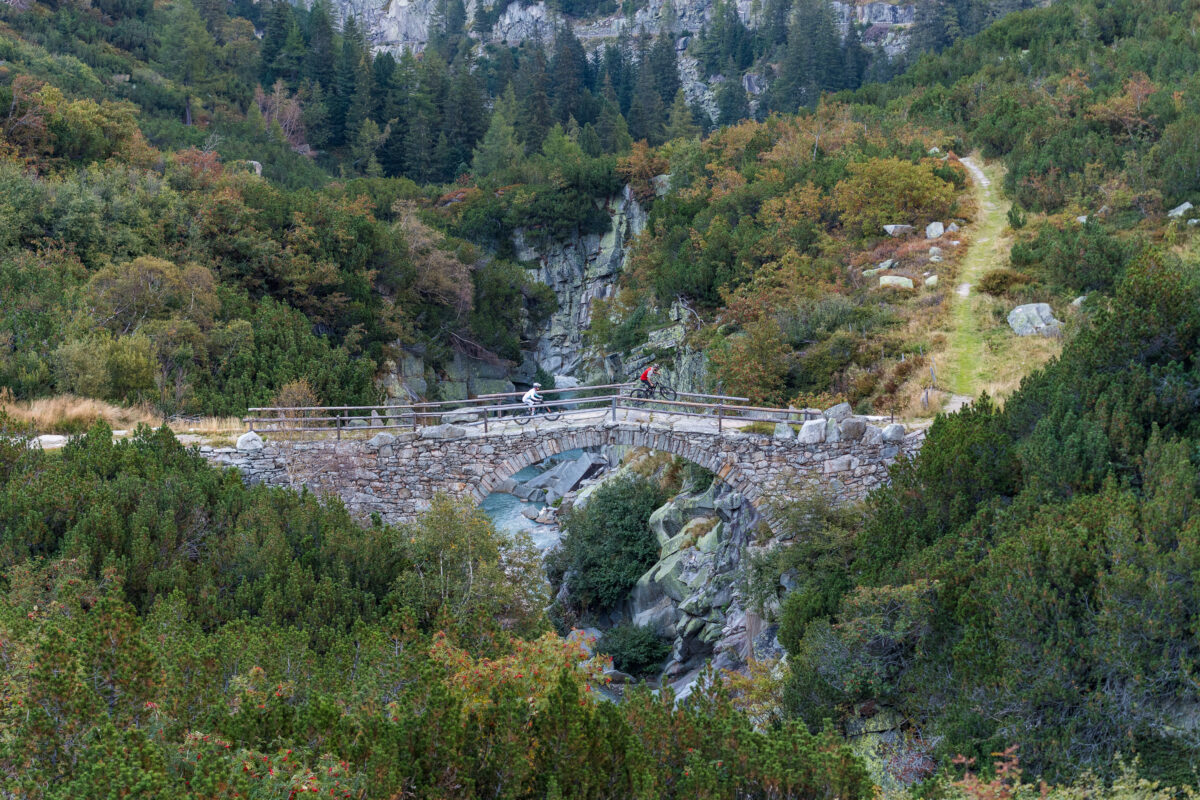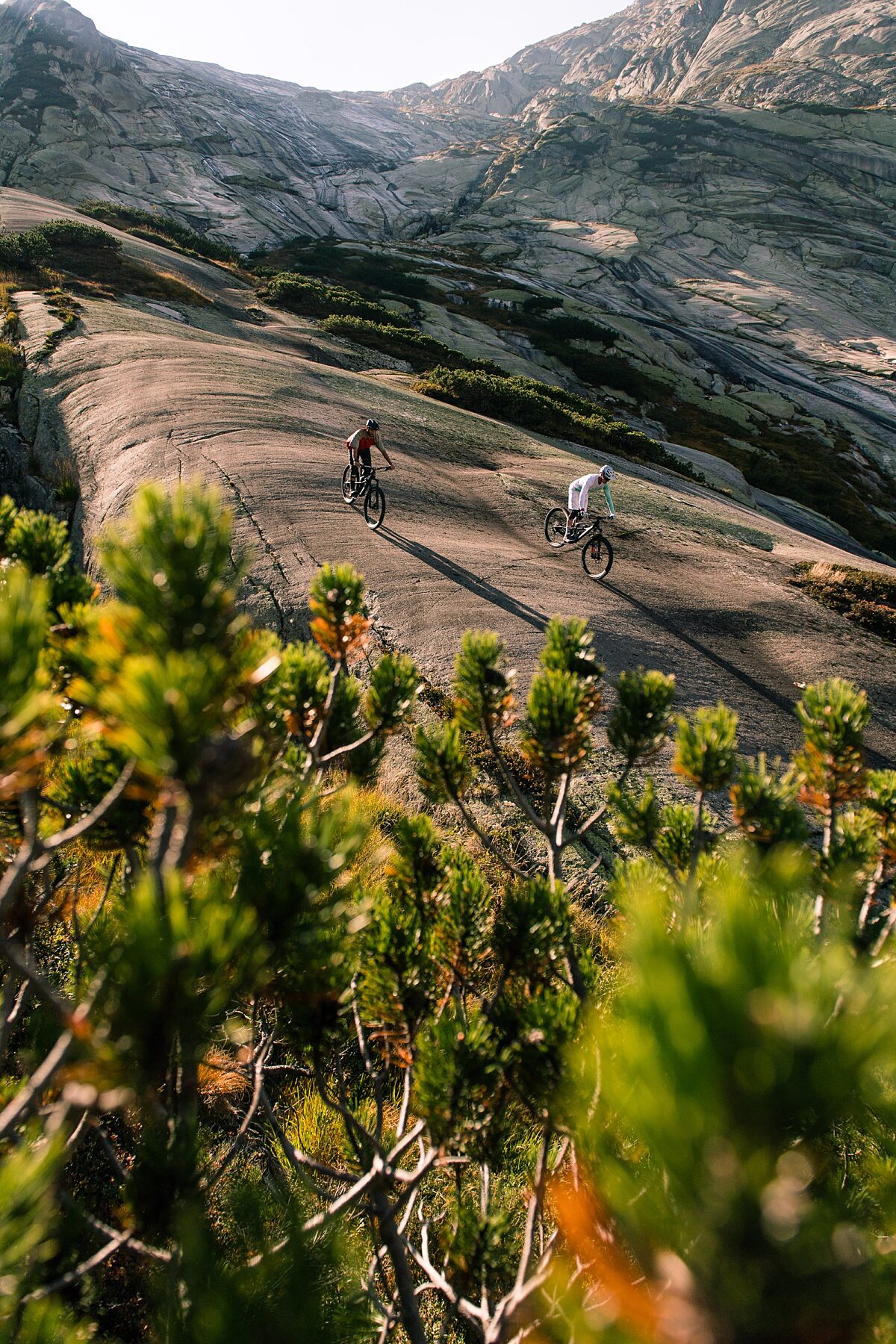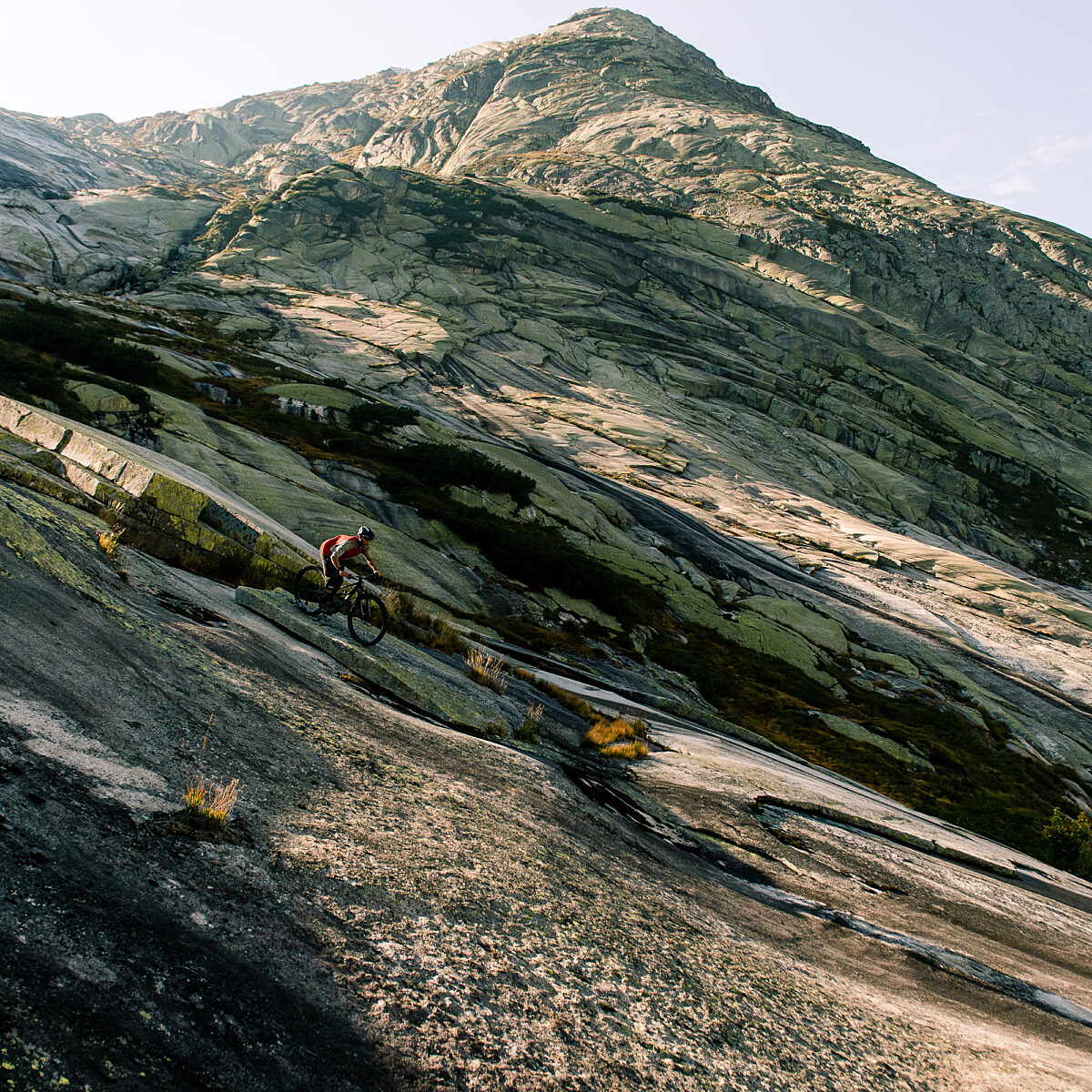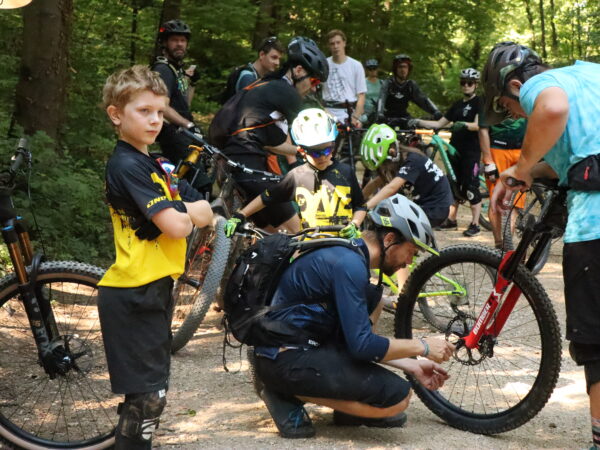
BSA BB
Creak free, easy maintenance, not fit issues - all our frames come with threaded BBs.

Internal Cables
All cables go through the headset into the frame. This does not only offer an exceptionally clean look, it also means the cables interfere less with your steering.

Reversed Main Pivot
The swingarm goes into the seat tube rather than around it, creating a very stiff connection. We are using Enduro Max bearings, specifically designed for MTB full suspension frames.

Designed for Carbon
We do not design our frame, and then give it to a factory to make it happen in carbon. Our frames are designed with the manufacturing process in mind from the start. Only like that we can ensure a carbon structure that can be produced with consistent high quality. While the focus in the development of carbon frames very often just lies on stiffness and weight, we also put a lot of effort into minimizing the chance of manufacturing flaws like voids, wrinkles or low compaction areas. This is absolutely critical to make carbon products not only light and stiff, but also durable.

Offset Rear Axle
When trying to combine 29 x 2.6 tires with good chainring clearance and short chainstays, there is just not enough room for the chainstays. Luckily now there are most cranks available with an even further outboard, 56 mm chainline without affecting Q factor. To get the cassette aligned, we keep using 148 mm hubs, but offset it 4 mm to the right, which provides multiple benefits:
- More even spoke tension
- Less exposed brake rotor
- Weight savings over a 157 mm hub
- You can keep your 148 mm wheels. Redishing them by 4 mm can be done keeping the same spoke lengths (theoretical difference is less than half a millimeter)

2.6" Tire Clearance
While lucky enough we did not have to go through that episode of ever shrinking "plus" tires, it left us with the great outcome that there is a wide choice of 2.6" tires. Many tests show it to be the fastest option, so making the FS160 compatible to it was a no-brainer.

Geometry
Longer, slacker, lower, with short chainstays. We are not going to repeat how that concept works, because you probably already heard it a thousand times since we designed the first 29er using it before people even knew what a long travel 29er is (it earned the "best geometry in the business" comment from Dirt Magazine back then). Just let us tell you, it still works. Something almost the entire industry gets wrong about seat angle is that the seat angle matters at the height of your saddle, not of your headset. Therefore, we measure our seat angle to an average seat height of 750 mm. You don't get that "theoretically ok, but in reality much too slack" seat angle that so many 29ers suffer from.





 FRAME SET
FRAME SET

